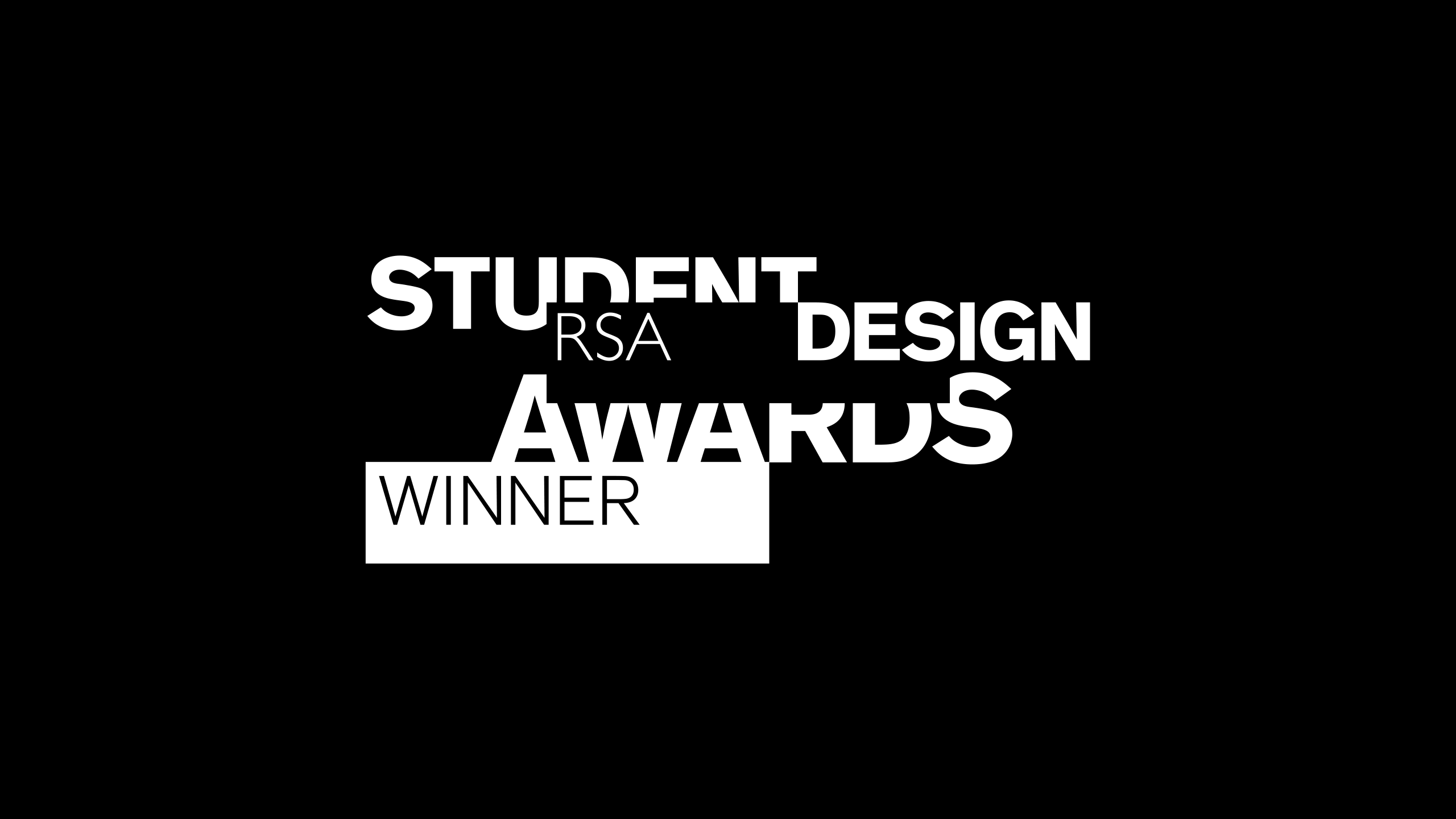unseen*
This team project was a winning entry in the Royal Society of Arts (RSA) Student Design Awards, an annual, global competition that challenges participants to design solutions to the big issues of our time. Out of the 10 project briefs supplied by the RSA in 2018/19, my team chose “Hidden Figures”, which required us to design a way to break down the physical and/or social barriers that people with hidden disabilities face in their everyday lives.
In the research stage of this project, it became clear to us that people with hidden disabilities face a common barrier: the fact that the general public’s attitude towards disability can be summed up with the proverb, “seeing is believing”. Our solution to this barrier was to make hidden disabilities visible via a new symbol that could be displayed alongside the International Symbol of Access, aka the Wheelchair Symbol.
Collaborators: Emer Fitzpatrick, Kate McCauley
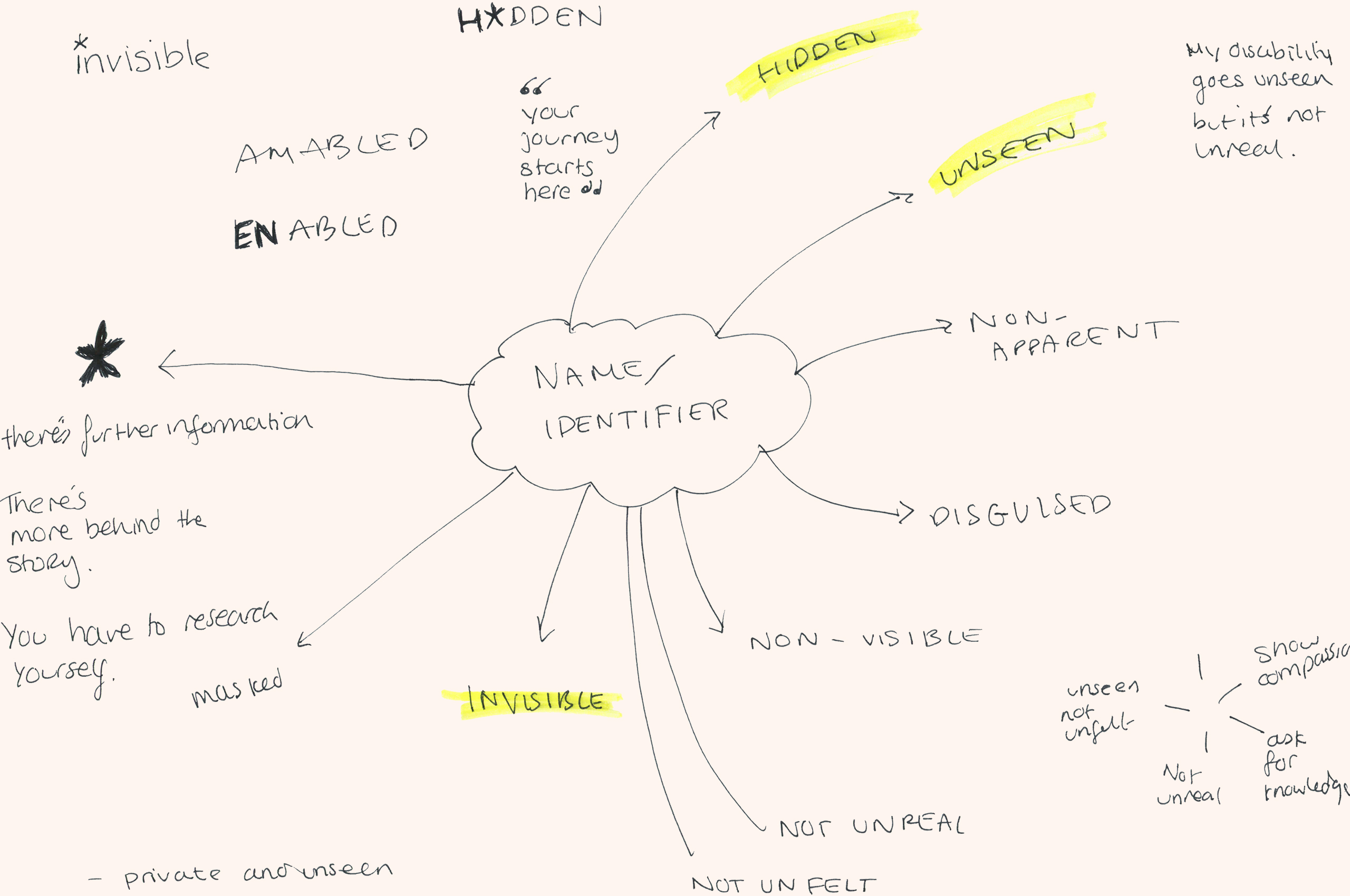
Concept for hidden disability symbol
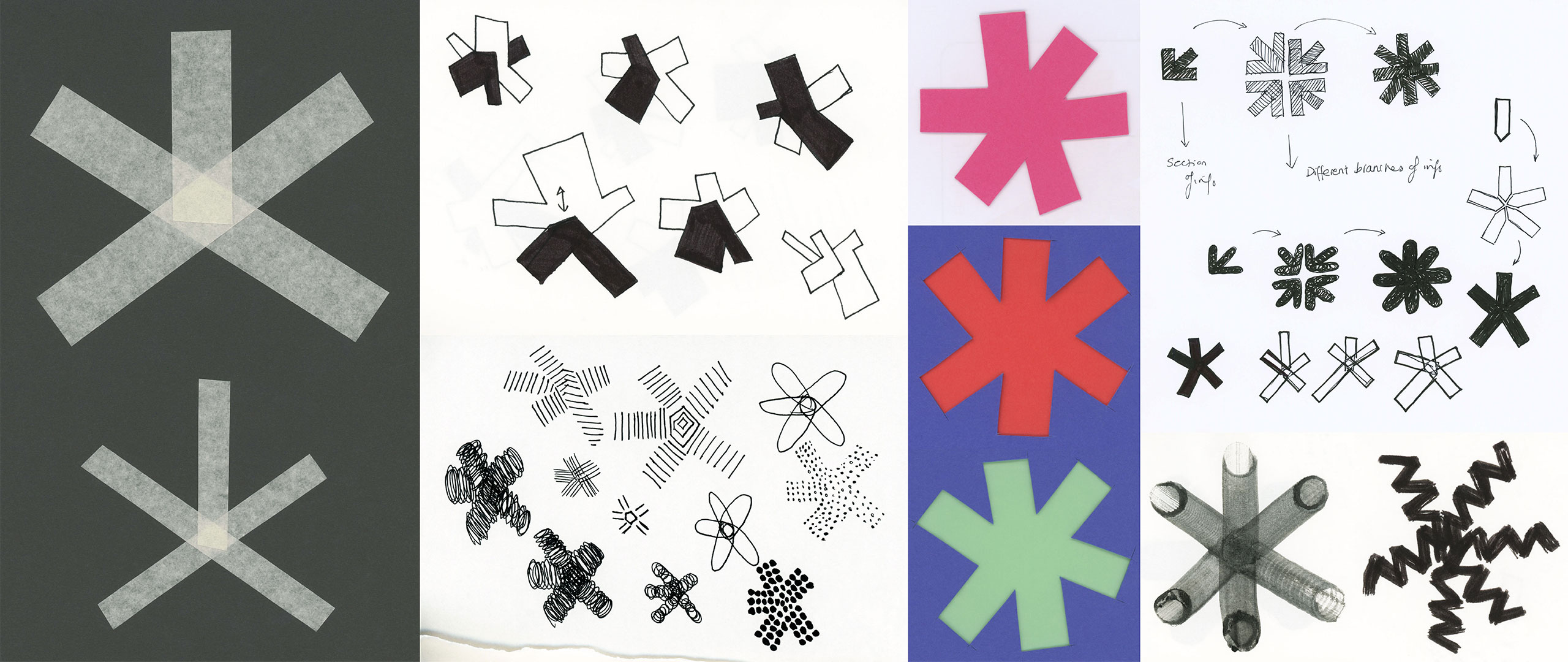
Initial iterations of symbol
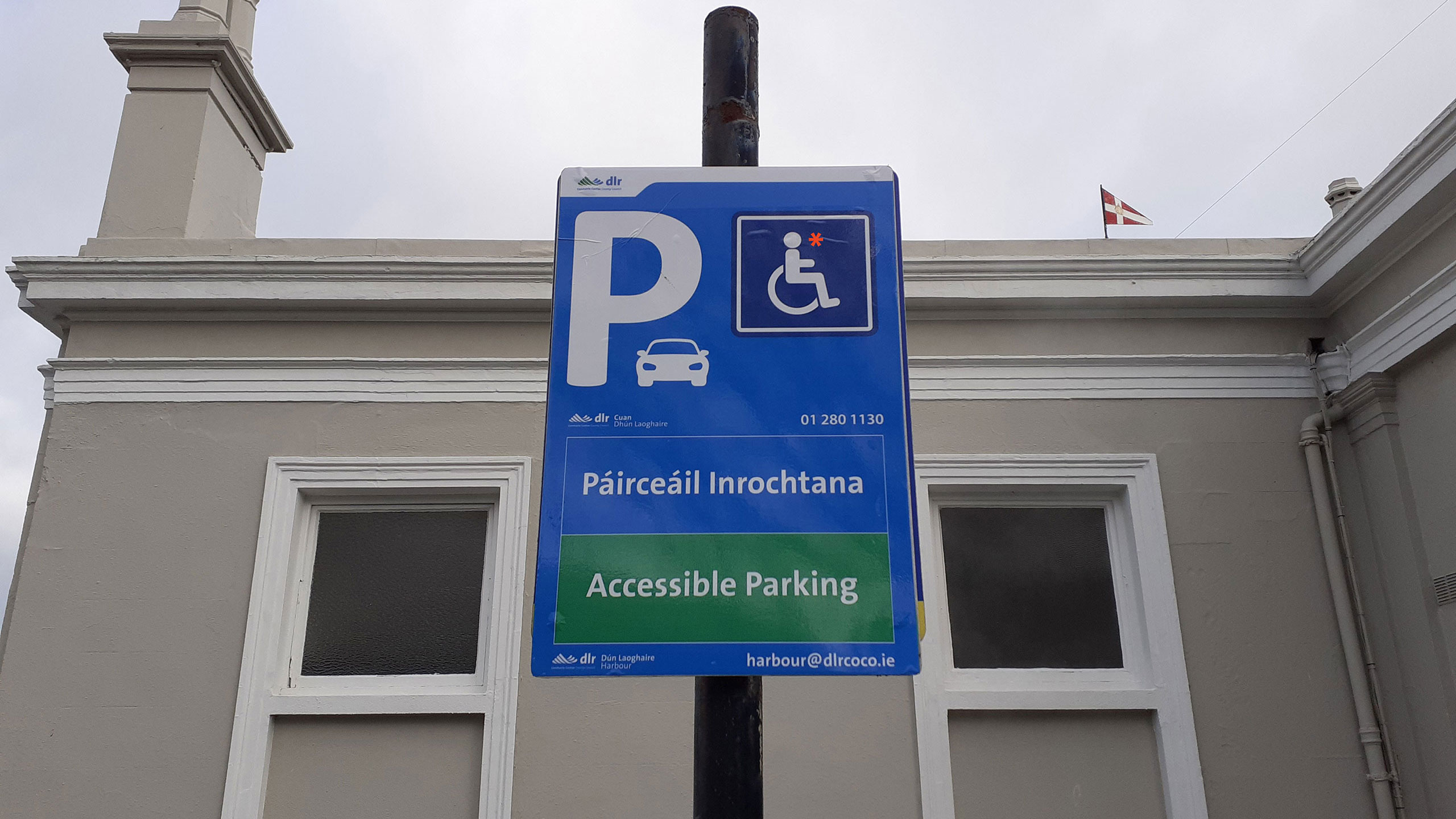
Final version of symbol in context
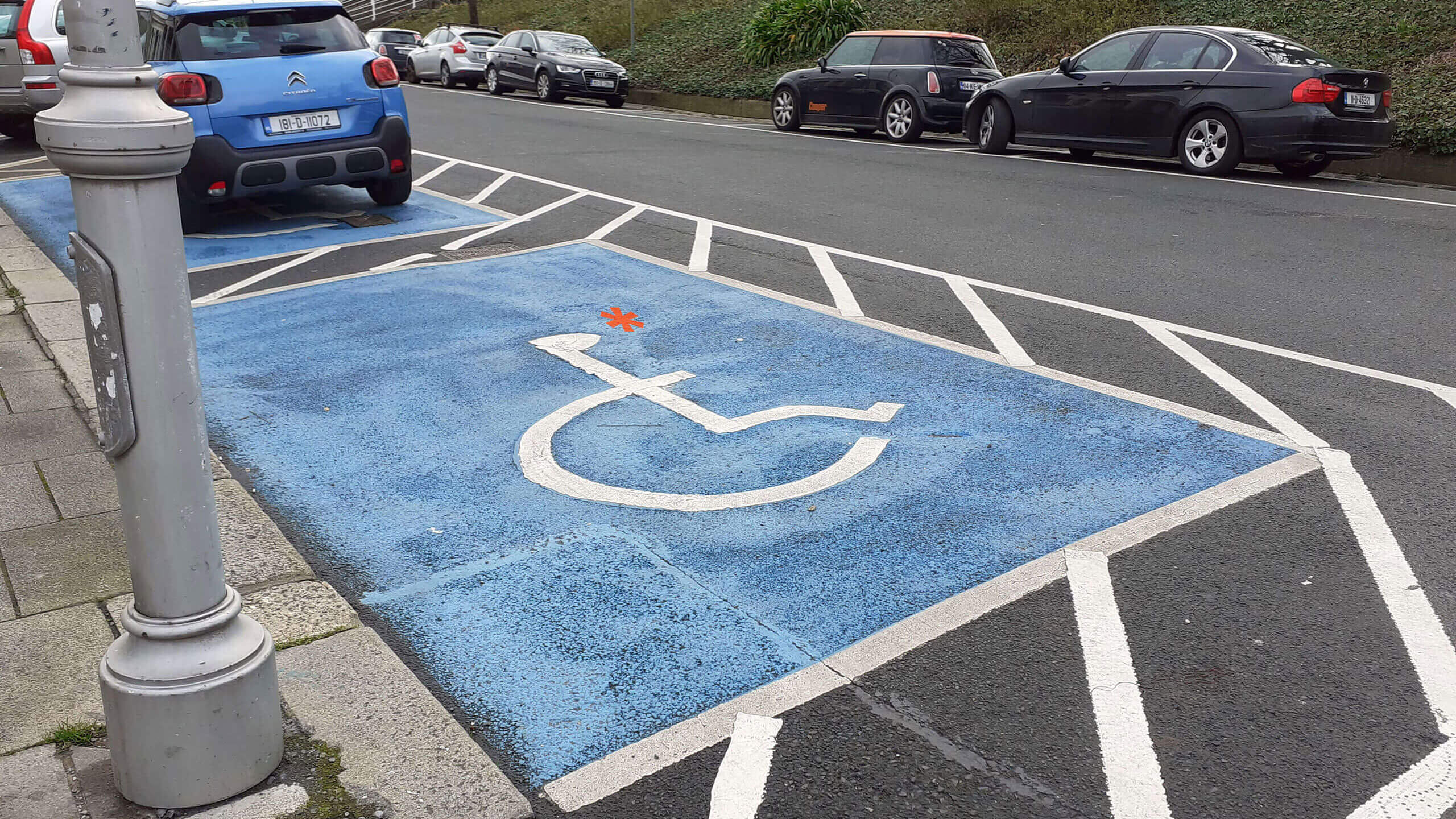
Final version of symbol in context
The Symbol
For our hidden disability symbol, we chose to adapt the asterisk—a symbol that’s universally known as a subtle indicator of further information—in order to send the message that there’s more to disability than meets the eye.
After several attempts at making a unique version of the asterisk, we eventually adopted one from a little-known, sans-serif typeface (Sarabun). Given that the Wheelchair Symbol is usually displayed on a blue background, we decided that the Hidden Disability Asterisk (HDA) should be blue’s complementary colour, orange.
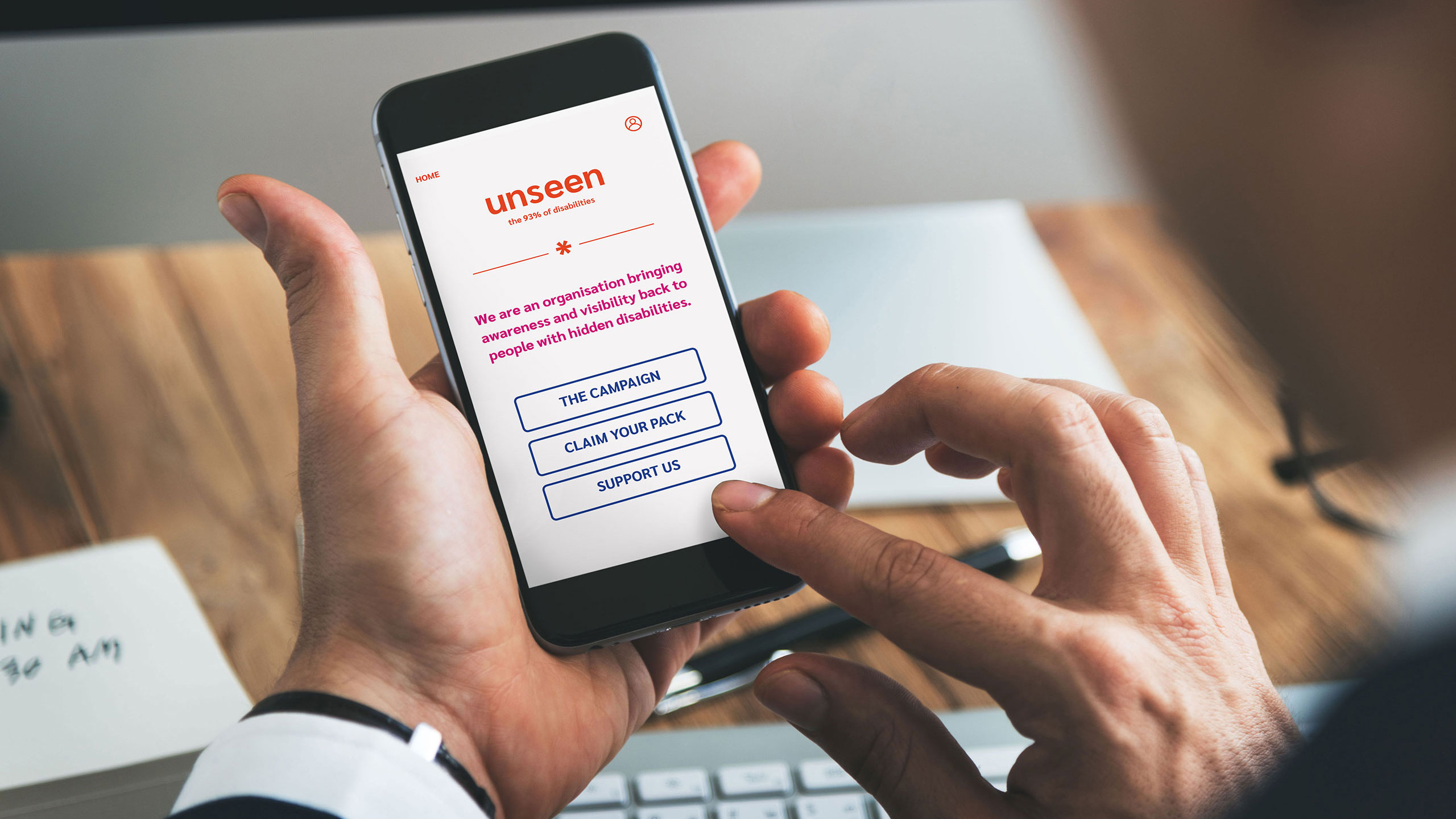
Official website for unseen*
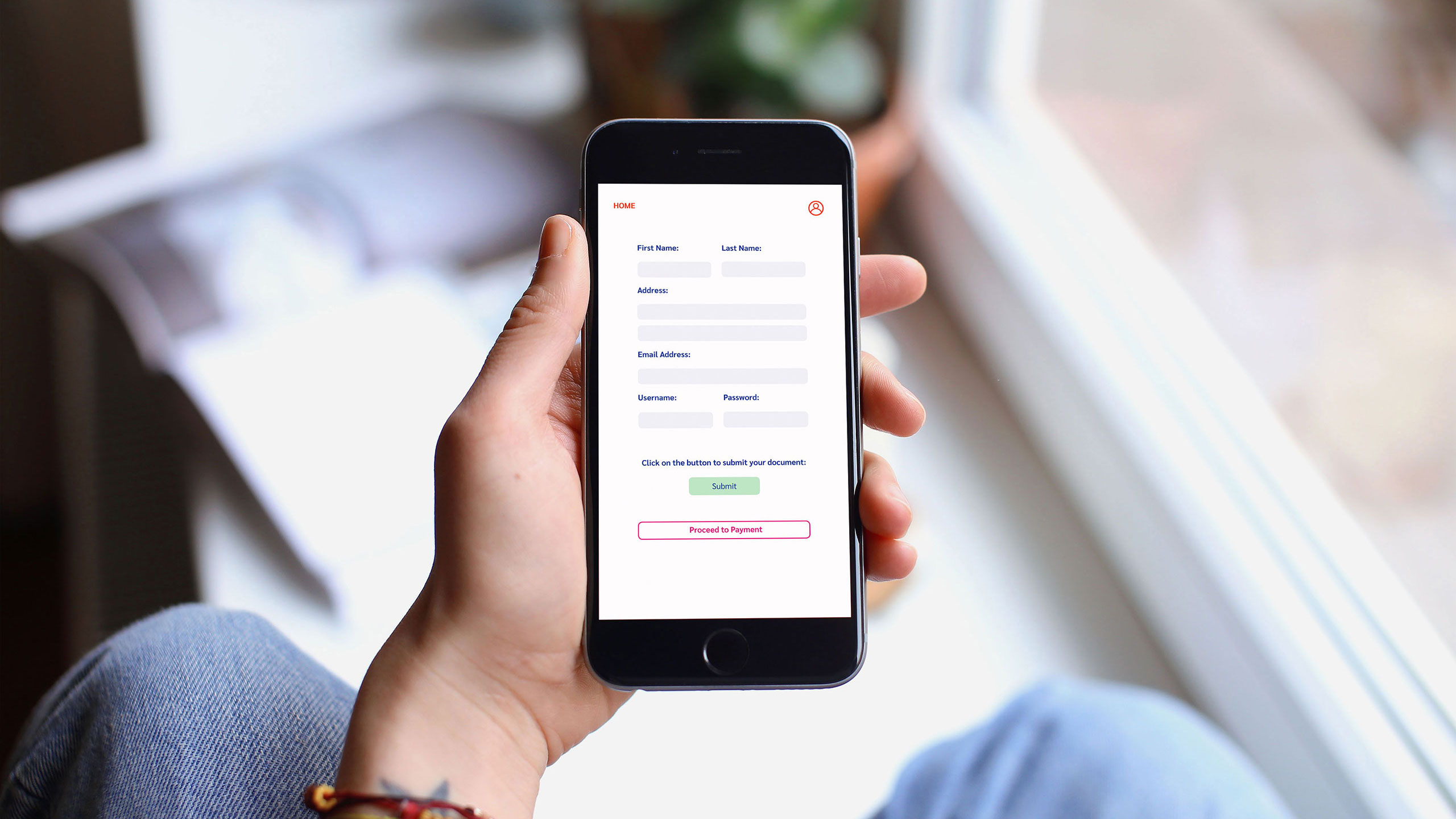
Application for ID pack
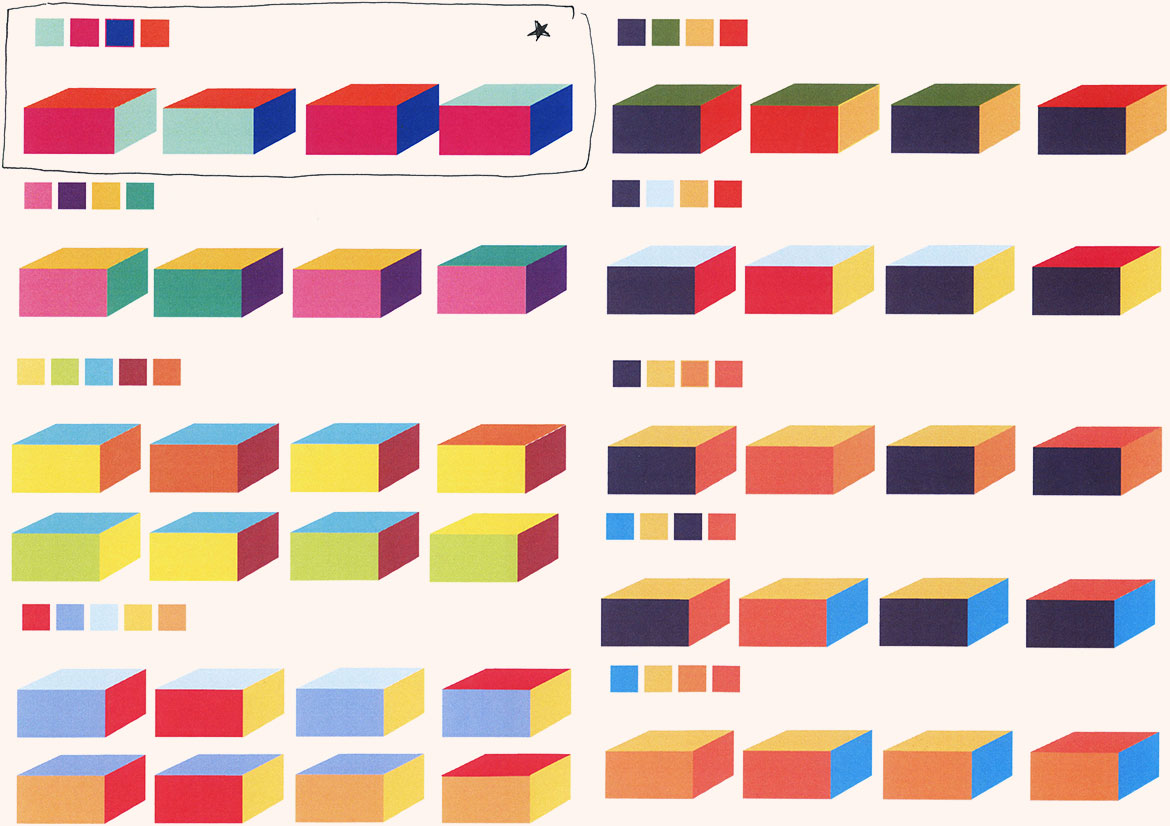
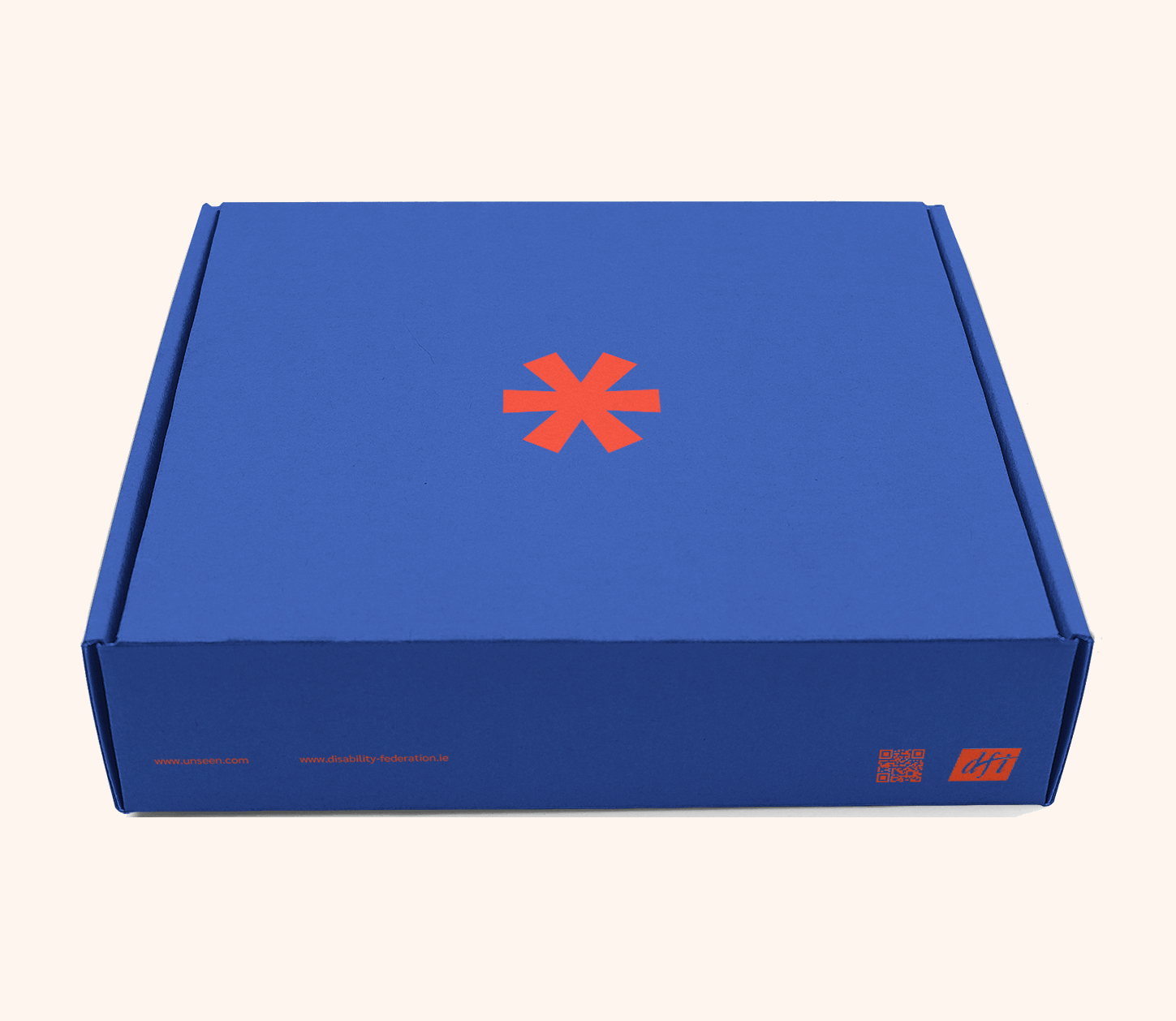
ID pack design
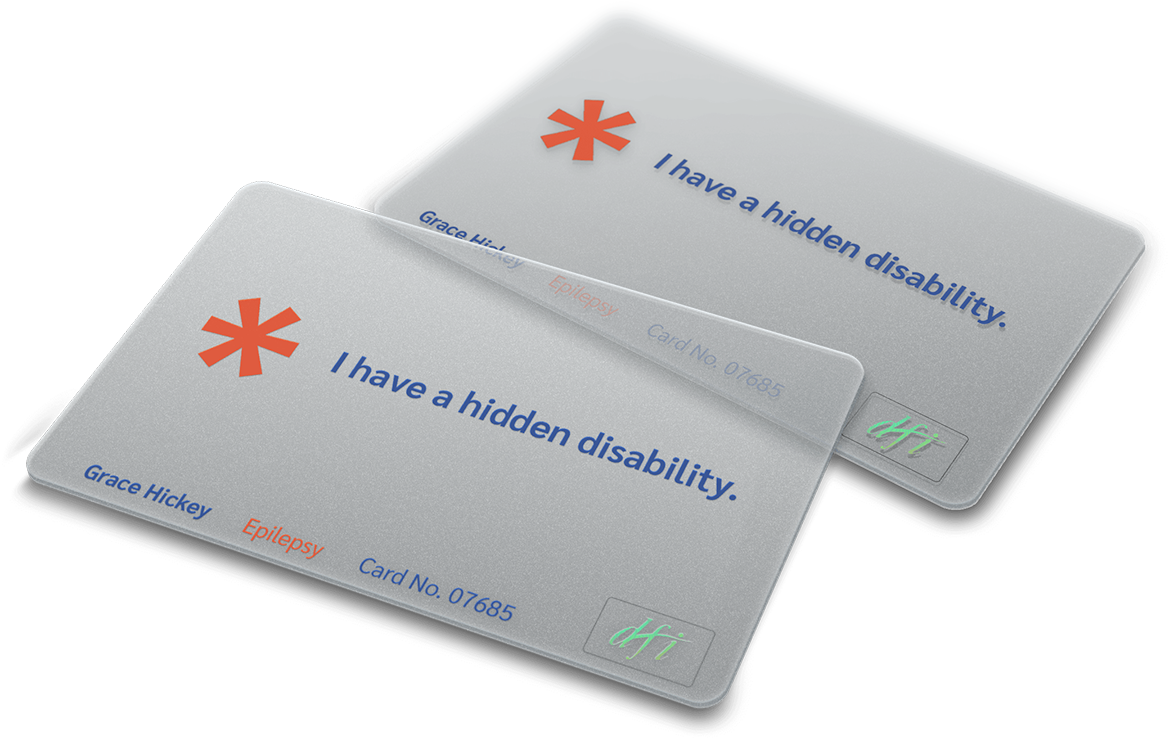
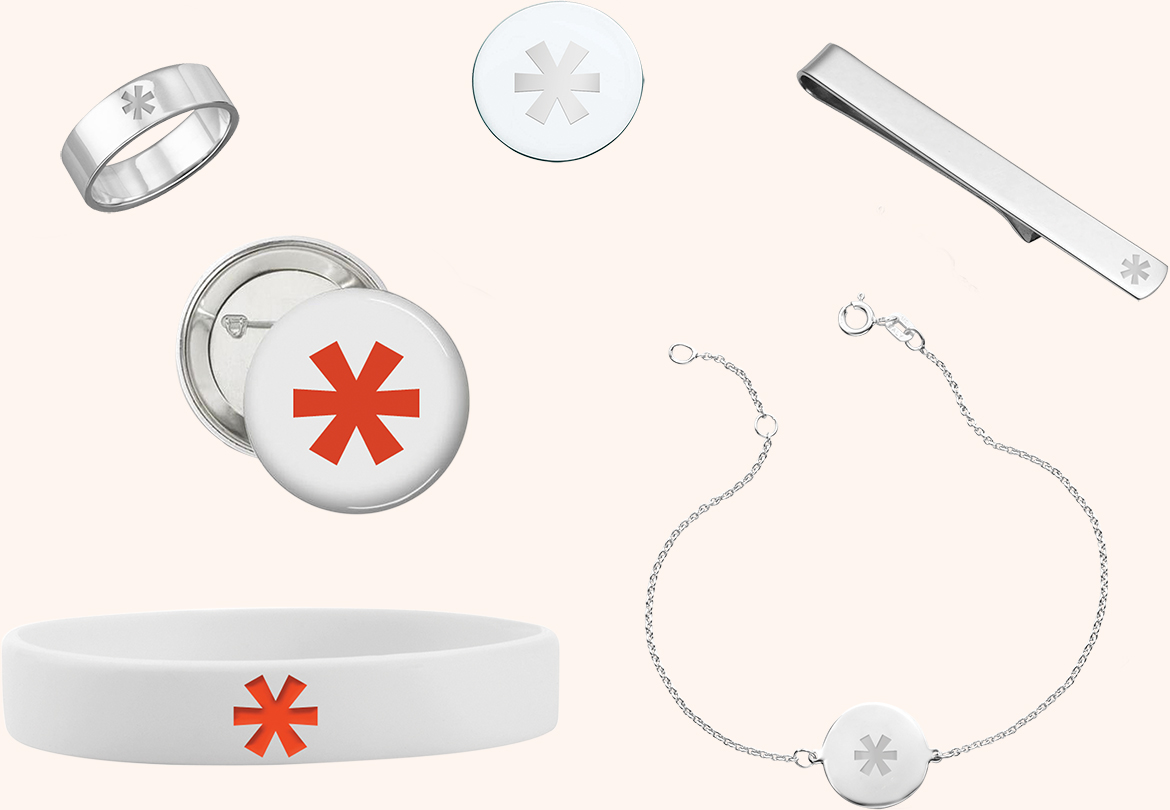
ID card, (optional) wearable items
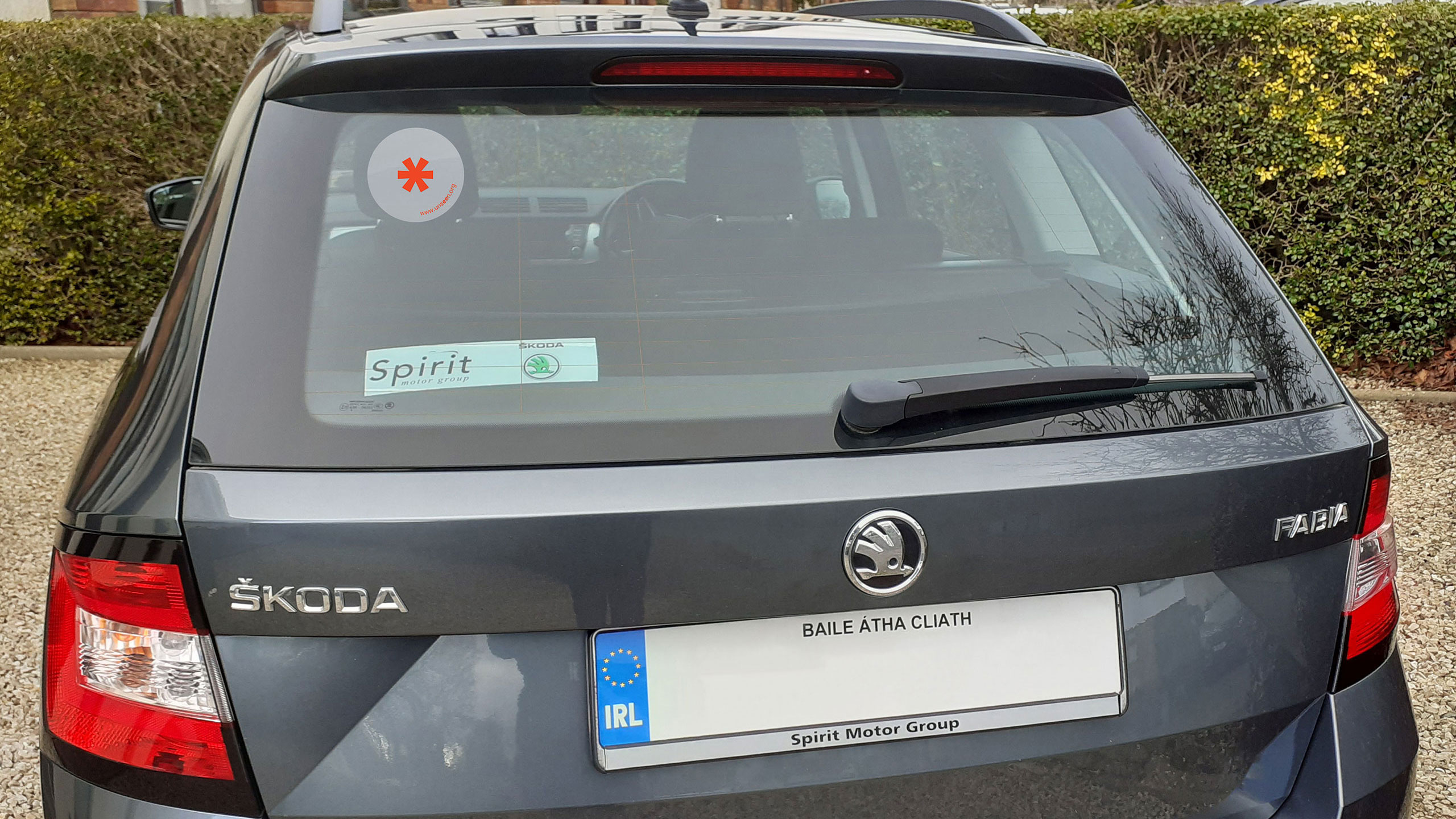
Car window sticker
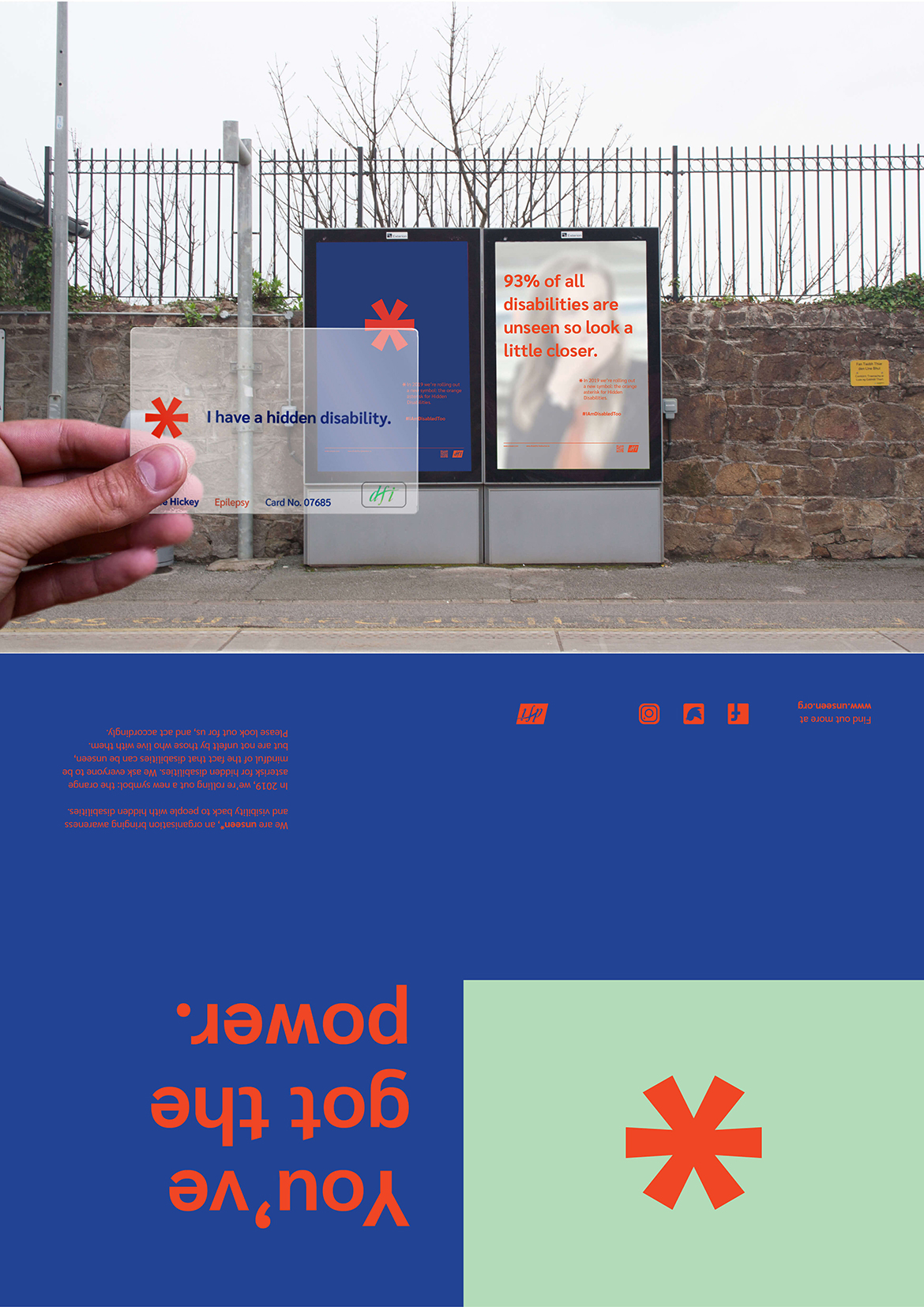
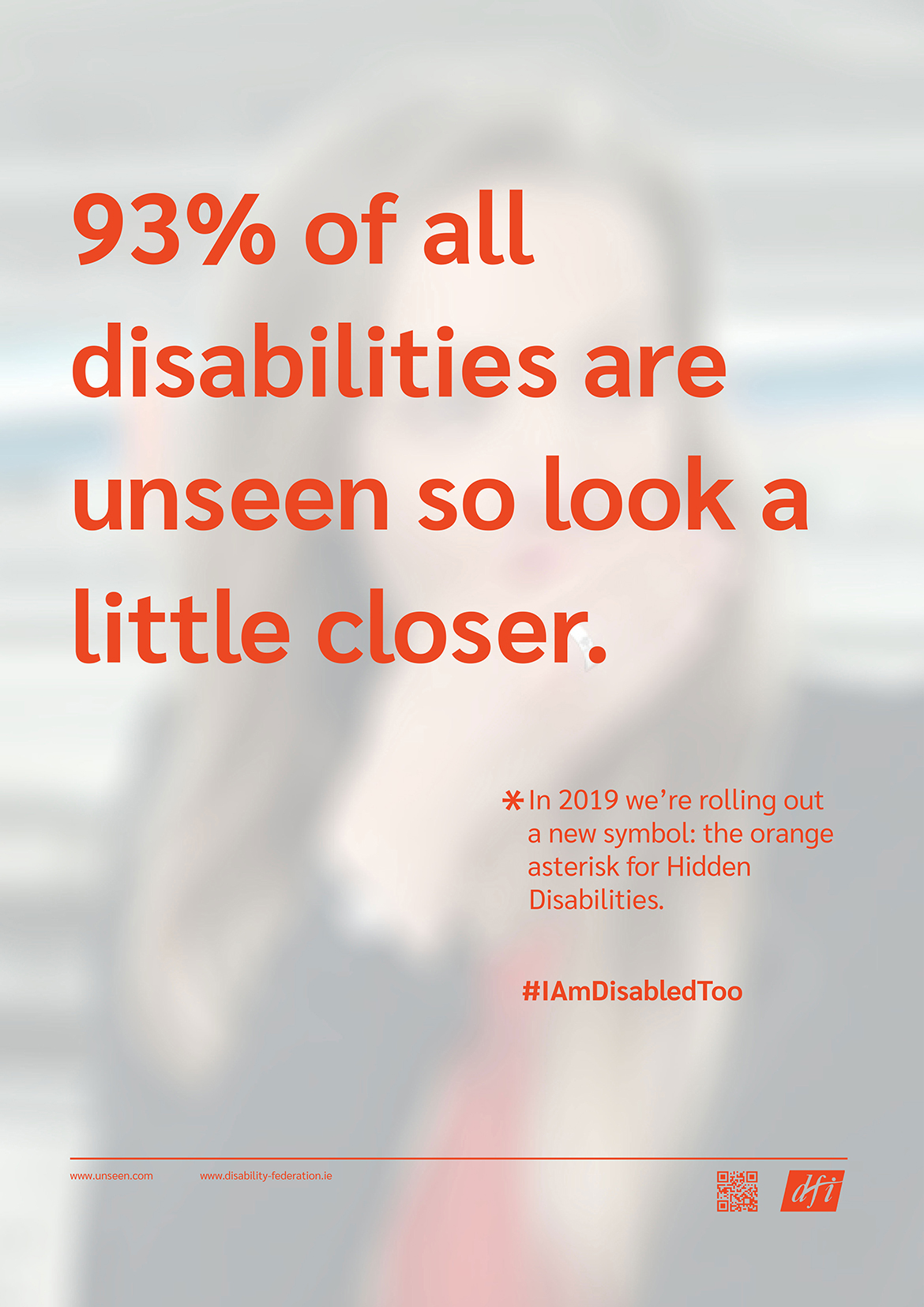
Fold-out leaflet/poster
The ID Pack
We had two purposes in mind for the HDA: public display (next to the Wheelchair Symbol), and personal identification. For the latter purpose, we designed a custom identification pack that could be ordered from unseen*, the (hypothetical) nonprofit organisation behind the HDA. Applicants for the ID pack would be asked for proof of disability documentation, such as a statement/letter from a medical professional, in order to strengthen the HDA’s legitimacy.
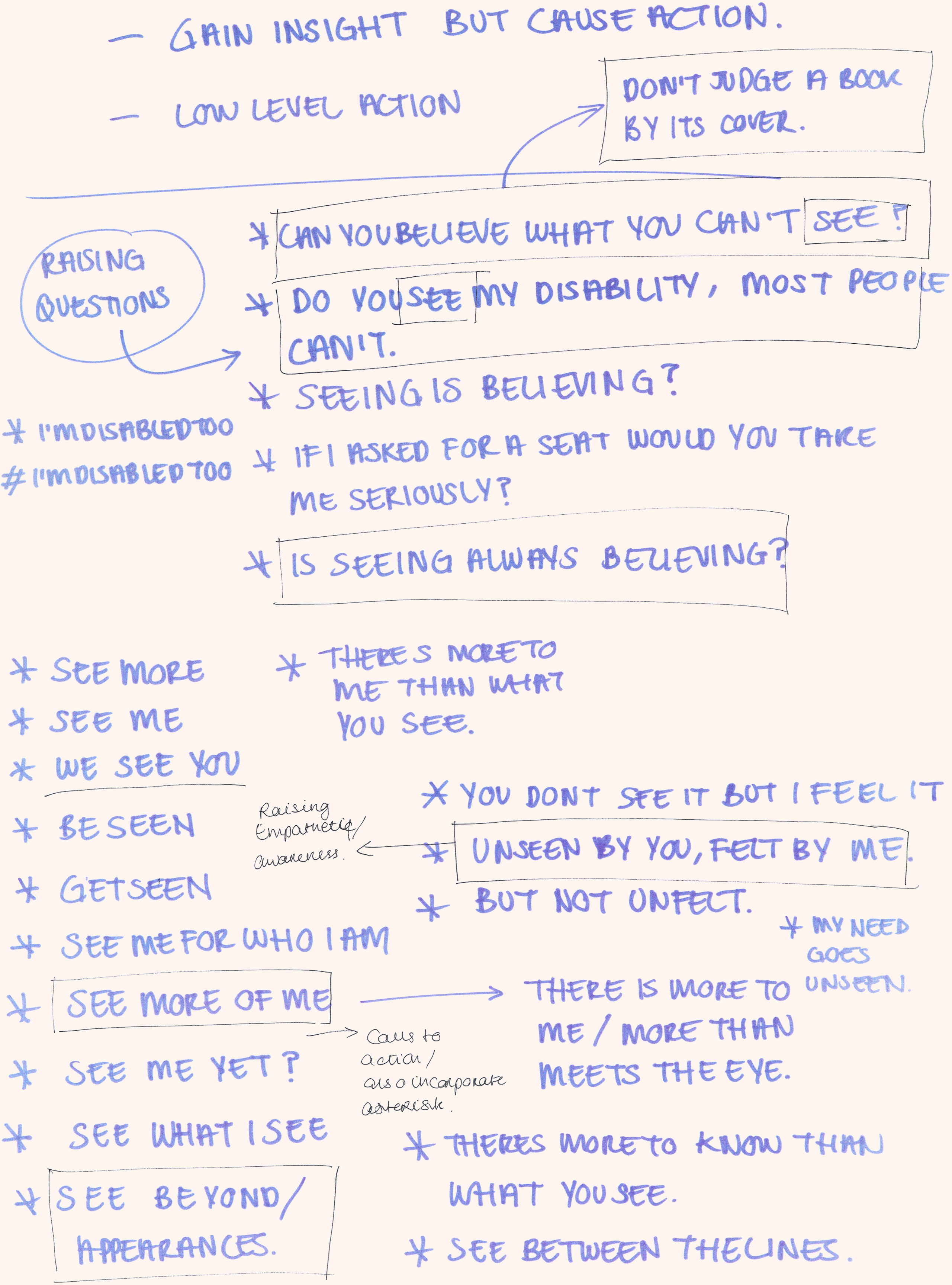
Mindmap of potential campaign copy
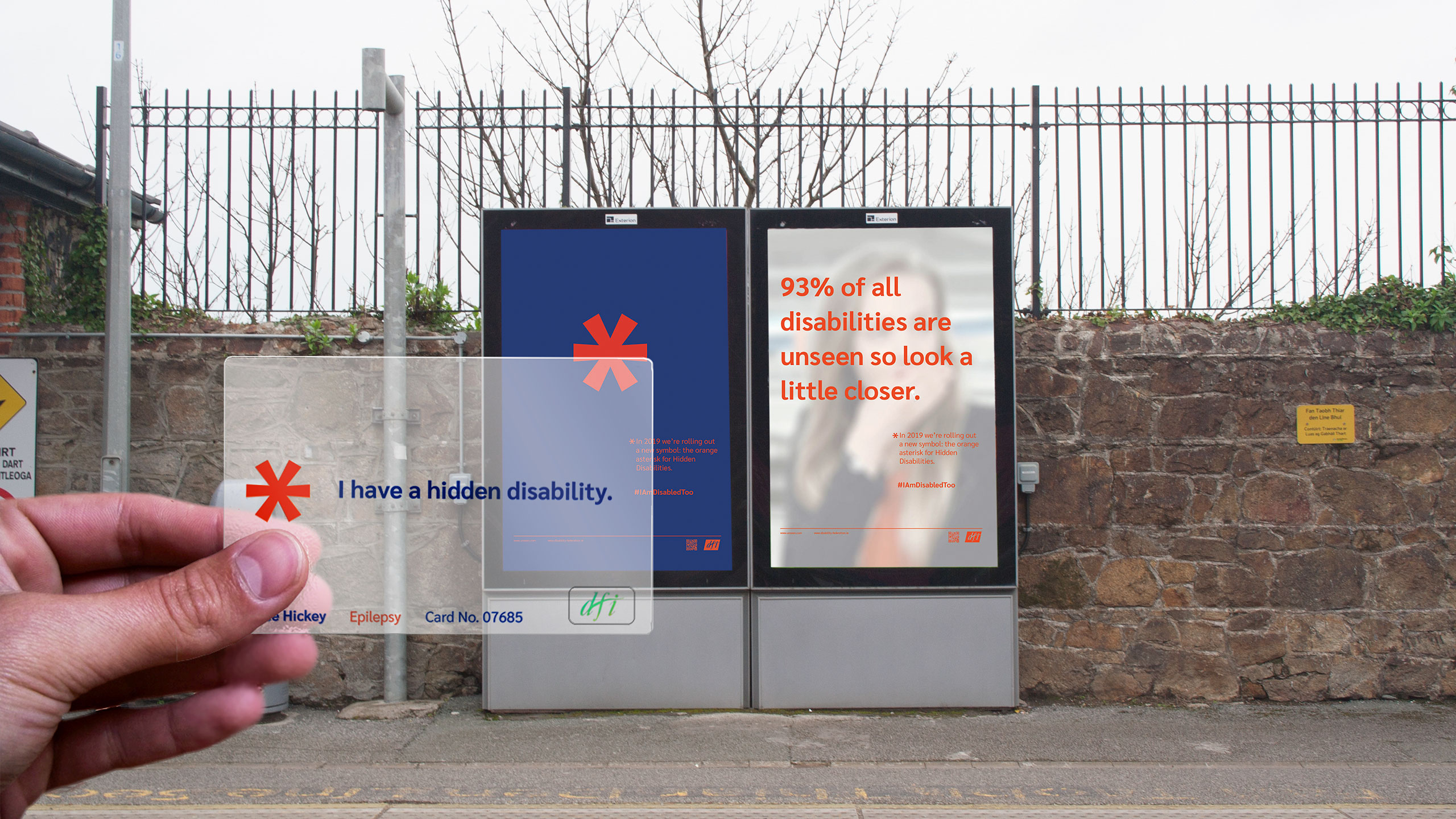
Final campaign posters (in context)

Final campaign posters (in context)
The Campaign
Our intention with the HDA’s awareness campaign was to target locations that already require the general public to be mindful of people who have a (visible) disability, such as public transport, car parks and public bathrooms.
The poster campaign’s copy went through several drafts, but in the end, we managed to create a clear message that incorporated the statistics on hidden disabilities, the proverb “seeing is believing” and the name of the nonprofit behind the HDA. We then decided to place the copy on blurred photos of different people, reinforcing the message that people with hidden disabilities are largely “unseen” by the public.
